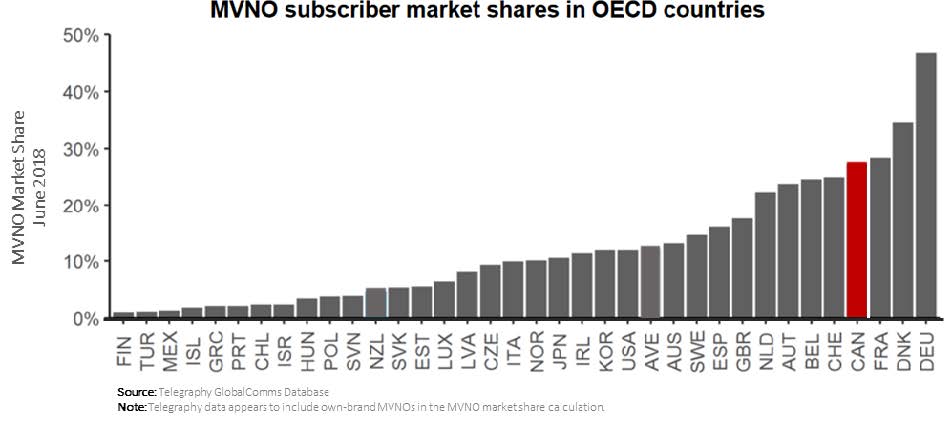A smarter approach to community networks
Too many community networks are failing their constituents.
I’m sure there are some exceptions, but the record shows that too many of them are a drain on scarce community financial resources and have created disincentives for private sector broadband investment. In the end, such projects can delay delivery of broadband services, precisely the opposite of what should have been sought.
Recently, i-Valley, an organization claiming to be behind “Canada’s largest rural network”, issued a press release “calling on all Federal Parties to take a new approach to broadband creation”. In “Fresh Approach Needed for ‘Broadband Nation’”.
Let’s take a look at i-Valley’s signature project, a broadband network for the Municipality of Pictou County in Nova Scotia. “In 2016, Council initiated a planning process to remedy the situation by taking the future into its own hands, without waiting for outside agencies for relief.”
The municipality has allocated $11M toward construction of the first ring. Another $4.46M in federal funding has been allocated as part of the rapid response stream of the Universal Broadband Fund, connecting 3600 households.
Five years later, the future still hasn’t arrived for residents of the Municipality of Pictou County. Five years. A fresh approach is certainly needed.
Last summer, I wrote about Beaumont, Alberta (“When a smart city plan isn’t so smart”). It still hasn’t decided on whether to proceed.
The poster child for community networks in Canada, O-Net, has been pushed into receivership by the town of Olds, Alberta, for failure to repay a $14M loan.
I have written before that Community networks are hard. A year ago, Rob McCann of Clearcable Networks (and President of the Hamilton Technology Centre) asked “Have Open Access Networks Seen Their Day?” in an article in the Intelligent Community Forum.
While the Conservative Party platform says it will “Promote investment in communications facilities by local and regional communities”, it should carefully consider the history of failed local government attempts to deliver on the promise of community networks.
There are business models that can accelerate investment in broadband facilities in underserved communities.
And, there are models that squander time and tax dollars. The smarter “Smart Communities” know the difference.


